
Door Lock Buying Guide

Senior Home & Appliances Writer
Many of the deadbolt locks tested by Consumer Reports lack the level of protection you might want or expect. In our labs, a few well-placed kicks or a couple of minutes under assault from a cordless drill are all it takes to defeat almost every lock in our ratings. That goes for conventional deadbolts, electronic locks with keypads, and smart locks—those you can operate from a smartphone, smartwatch, or smart speaker.
CR’s test results are unsettling, especially if you live in an area with higher property crime rates. Fortunately, the number of burglaries in the U.S. has continued to trend downward over the past decade, according to the FBI. While a determined burglar may always find a way in, our ratings can help you make your home safer.
Door Lock Types
Today’s door locks can be separated into three categories—conventional, nonconnected deadbolts; smart locks; and retrofit smart locks. Here’s what you need to know about them.
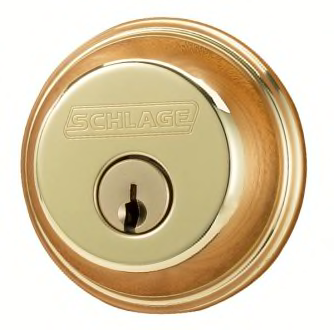
Conventional and Electronic Door Locks
These models don’t offer fancy features, but they can keep your doors secure. They range from high-end, drillproof models from Medeco to inexpensive deadbolts you’ll find at many stores to electronic models with keypads that allow you to program PINs. Most are single-cylinder locks, and a few models can be rekeyed without the need to hire a locksmith.
Pros: These models are budget-friendly and often rekeyable. Deadbolts significantly improve security over key-in-knob locks alone. Electronic locks let you lock and unlock your door without a key.
Cons: They lack the convenience and extra features of smart models.
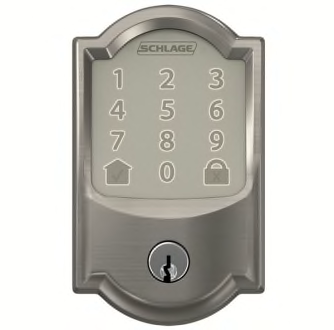
Smart Locks
These models do more than lock doors, offering remote control, voice control, access logs, geofencing, and other smart features. Features such as remote control and voice control sometimes require a separate WiFi adapter or bridge that transmits the signal from the lock to your wireless router, and that costs extra. But many models now have WiFi built-in. There are also Bluetooth-only smart locks that have limited wireless range but offer some smart features.
Pros: These models add convenience and—with optional WiFi connectivity—peace of mind through remote control and other smart features.
Cons: They’re just as susceptible to forced entry as nonconnected locks, and they’re potentially vulnerable to digital hacks. They sometimes require extra hardware (often sold separately) for remote features and are more expensive than conventional deadbolt locks. The remote features of Bluetooth-only models work at a limited range.
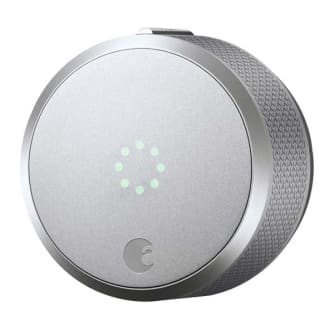
Retrofit Smart Locks
These models offer all the same features as regular smart locks, but instead of fully replacing your deadbolt, they replace part of your existing one (usually the interior side with the thumb-turn). This allows you to essentially keep your existing deadbolt and keys while gaining smart features, such as remote control and auto-unlocking. Many retrofit smart locks also offer wireless keypads for PINs, but they’re usually sold separately.
Pros: You get to keep your existing keys and the exterior side of your deadbolt, which might match your front door handle set.
Cons: The physical strength of these smart locks is entirely dependent on your existing deadbolt. If it’s susceptible to kicking, drilling, or picking, the smart features won’t do much to stop an intruder.
How Consumer Reports Tests Door Locks
The deadbolts, electronic locks, and smart locks that enter CR’s labs get kicked, picked, and drilled into oblivion.
For the kick-in tests, CR’s test engineers built a custom jig that allows them to swing a 100-pound steel battering ram at a replaceable section of a door with the deadbolt installed. They repeat the test eight times, dropping the weight from increasing heights or until the lock fails. The models that fail—and at least half do—then go through another test round with a reinforced box strike plate installed on a new lock sample. Again and again, CR’s experts have found that this basic do-it-yourself upgrade improves security for any lock (more on that later).
For the drilling test, we evaluate how well each lock can withstand an attack from a cordless drill. And for the picking test, we assess the internal mechanisms of each lock to see how easily it can be picked.
All models, including smart locks, receive a score in each of the four break-in tests, allowing you to easily compare a lock’s strengths and weaknesses in the face of a physical assault. The only exception is with retrofit smart locks. These locks replace only the interior side of your existing deadbolt, essentially adding smarts to the lock you already use. As a result, a retrofit smart lock’s resistance to kicking, picking, and drilling is entirely dependent on the deadbolt it’s paired with.
Both types of smart locks also get additional testing. We investigate features such as smartphone alerts, remote locking and unlocking, geofencing (the ability to automatically lock or unlock the door based on your phone’s location), third-party app and voice control (via Amazon Alexa, Google Home and Assistant, and Apple Home and Siri), shareable electronic keys, access logs of who comes and goes, and even tamper alarms. Our testers factor these features into our ratings under headings that include ease of remote access, convenience, and security add-ons. We also run through the wireless setup process to see how difficult it is to connect the locks to a smartphone and other smart-home devices (such as smart speakers), putting ourselves in your shoes. For details on how well each door lock performs in these tests, see the results in our door lock ratings.
What We Found
Very few locks we rate earn a high Overall Score, and some are far more susceptible than most to brute-force attacks. Below are a few key takeaways.
Drills Easily Open Most Locks
With all but the high-security locks we test, even an ordinary cordless drill can disable the cylinders in 2 minutes or less. Our drill test on the Medeco Maxum 11*603, which has hardened cylinders, ruined the lock, but testers were still denied access. So you’d have to replace the lock but not the contents of your home.
Parts Are Often Inadequate
All locks come with a strike plate that attaches to the doorjamb. But many of these come with short screws that catch only the jamb and not the framing of the house. The kick-in resistance of most locks improved significantly when we replaced a stock strike plate with 3-inch screws and a box strike, which you can buy online for as little as $5. “We think manufacturers should include beefier hardware with their locks,” says CR’s lock test engineer, David Trezza. “A lock should be secure without consumers having to buy an aftermarket part.”
New Technologies Don’t Solve Old Problems
We find keypad-operated door locks to be convenient. These models allow you to create codes for temporary access to guests and contractors. You can delete the codes when access is no longer needed without having to change the lock or call a locksmith. This process is even easier with smart locks, most of which allow you to create and delete PINs and electronic keys from your smartphone. But many of these high-tech locks are still susceptible to physical break-in tactics, such as drilling and picking.
How to Choose a Door Lock
Here is a simple step-by-step guide to choosing the right door lock for your home.
1. Learn Lock Lingo
The deadbolts we’ve tested, both conventional and smart, are usually single-cylinder, operated using a key (or keypad and PIN) from outside or a thumb-turn from inside. The high-security locks have hardened cylinders, unique PIN configurations, and other defenses. Industry rankings, Grades 1 to 3, seem to track with our ratings, with Grade 1 locks being the most difficult to disable. But packages don’t always display that information, so you might have to check a company’s website to find out how a lock is rated.
2. Decide How Much You Can Spend
A high-security lock of the Medeco caliber might seem expensive, and smart locks aren’t cheap, either. But if you have a break-in, the deductible on your homeowners insurance is likely to be higher than the cost of the lock. And insurance policies commonly give discounts for homes with deadbolts.
3. Determine Whether You Want a Smart Lock
The price alone might be enough to make you scoff at buying a smart lock, but before you dismiss it, consider the convenience it delivers. A smart lock can be very helpful if you often forget to lock your door or need to let in a contractor, cleaner, or dog walker when you’re not home. They’re also a great way to know when kids get home from school.
Smart locks solve those problems by way of smartphone apps and optional remote locking and unlocking features. Just know that remote access sometimes requires some sort of WiFi bridge at an additional cost. (Many smart locks now have WiFi built-in because the technology has become more power-efficient over the years.) And if you’re considering a smart lock but don’t want to pay extra for WiFi access, an electronic lock might serve your needs. This type offers keypad access and the ability to program and distribute PINs to various guests, but it can’t talk to your smartphone.
4. Beef Up the Doorframe and Lock
Weak doors—in particular, hollow-core doors—may give way before the lock does. Whichever type of lock you buy, be sure to use a box strike made of heavy-duty metal and install it with the screws provided. Another option is to install 3-inch screws on your existing strike plate. Hinges should also be secured with 3-inch screws.
You might not want to spring for a double-sided lock, though. Many municipalities consider them to be a fire hazard because you need a key to unlock the door from inside, which creates the possibility of being trapped. But they can offer peace of mind if installed on a door adjacent to glass sidelites by denying a would-be burglar the ability to break the glass and reach in to unlock the thumb-turn.
Door Lock and Smart Lock Features
Conventional deadbolts don’t offer many features outside of DIY rekeying, but smart locks certainly do. Here are a few lock features that can add security and convenience to your home.
- 1
- / 5
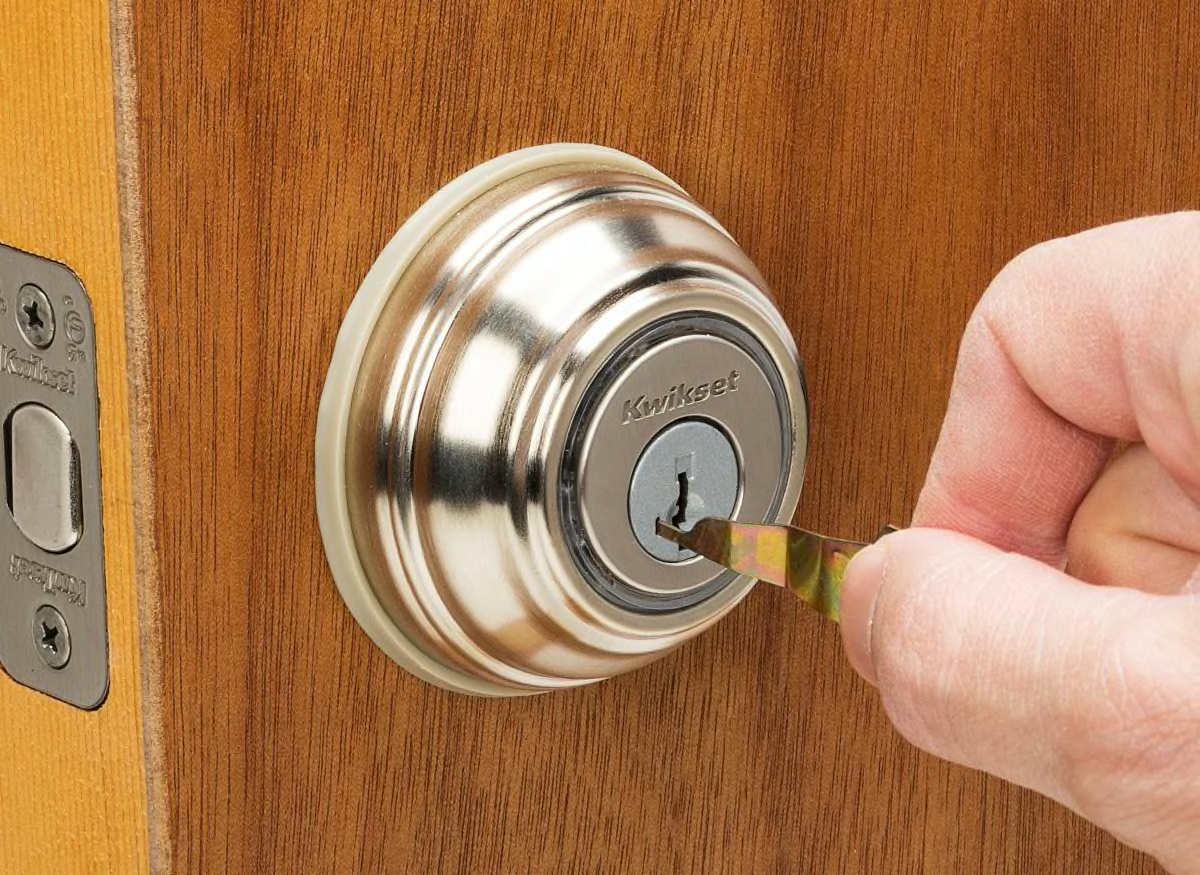
DIY Rekeying
Many nonconnected and smart locks can be rekeyed for use with new physical keys or to make one key open all the entry doors in your home, saving you from having to hire a locksmith. These locks should come with instructions and special tools (or a master key) for rekeying.
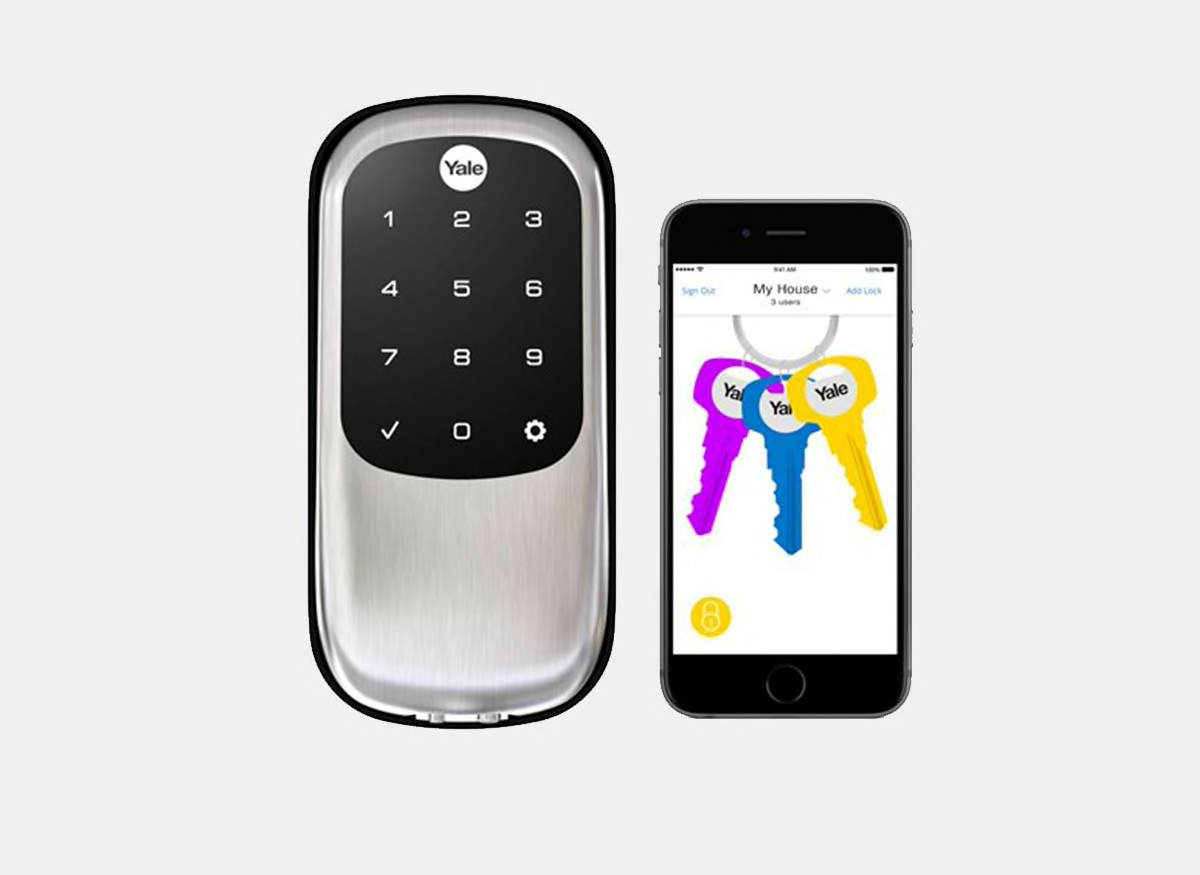
Electronic Keys
Many smart locks allow you to create and distribute electronic or virtual keys that guests, maintenance workers, and others can use, either indefinitely or for a limited amount of time.
PHOTO: YALE
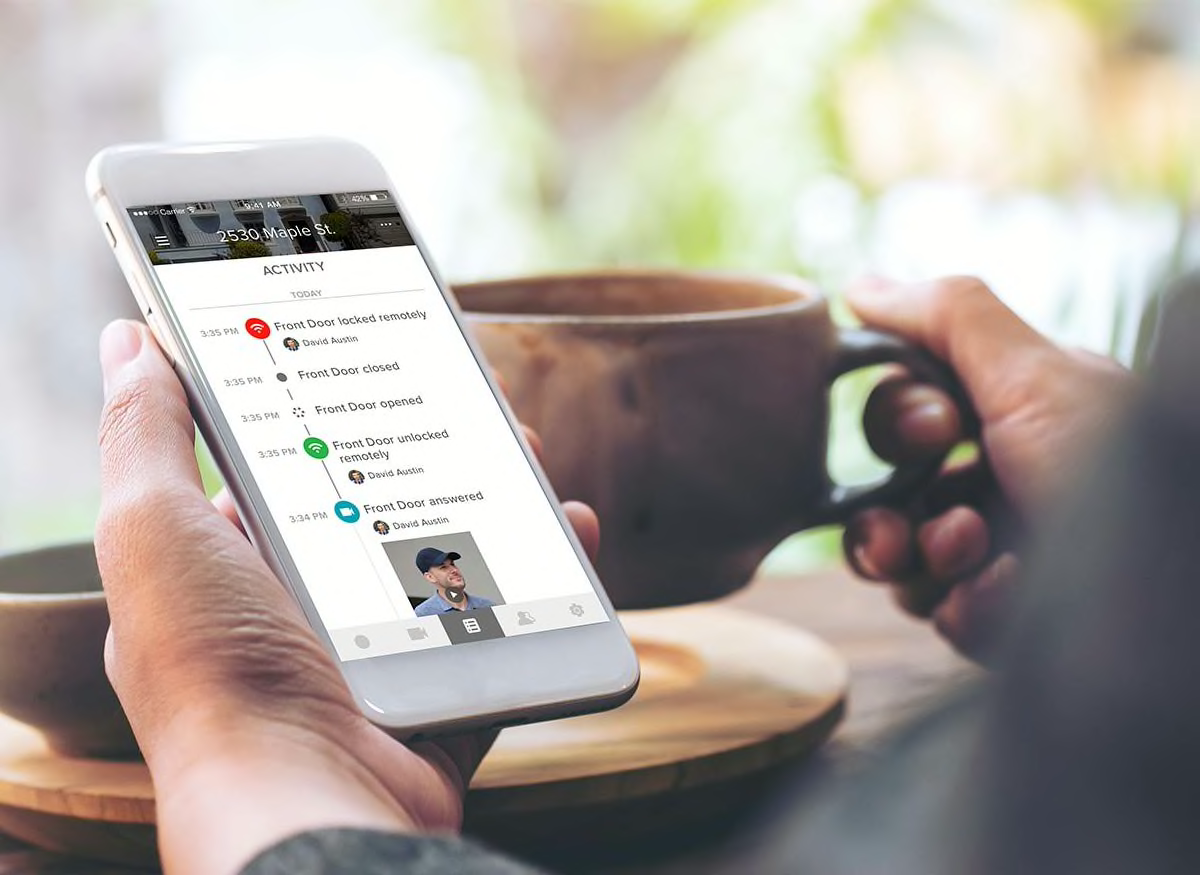
Access Logs
Many smart models generate time-stamped access logs of who has locked and unlocked your doors based on their unique electronic keys, PINs, or user accounts.
PHOTO: AUGUST
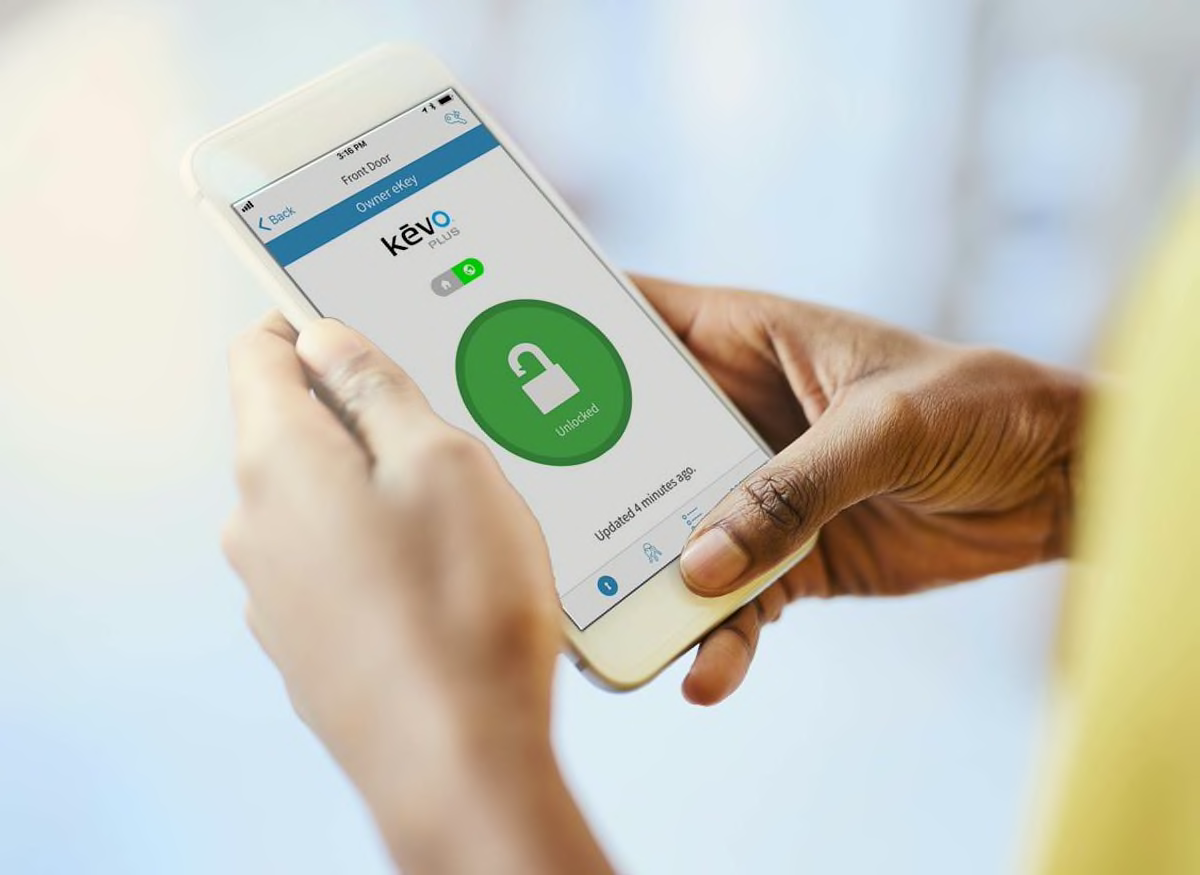
Remote Locking and Unlocking
With a companion smartphone app and WiFi connectivity, you can remotely lock and unlock smart locks from anywhere—provided you have cell service.
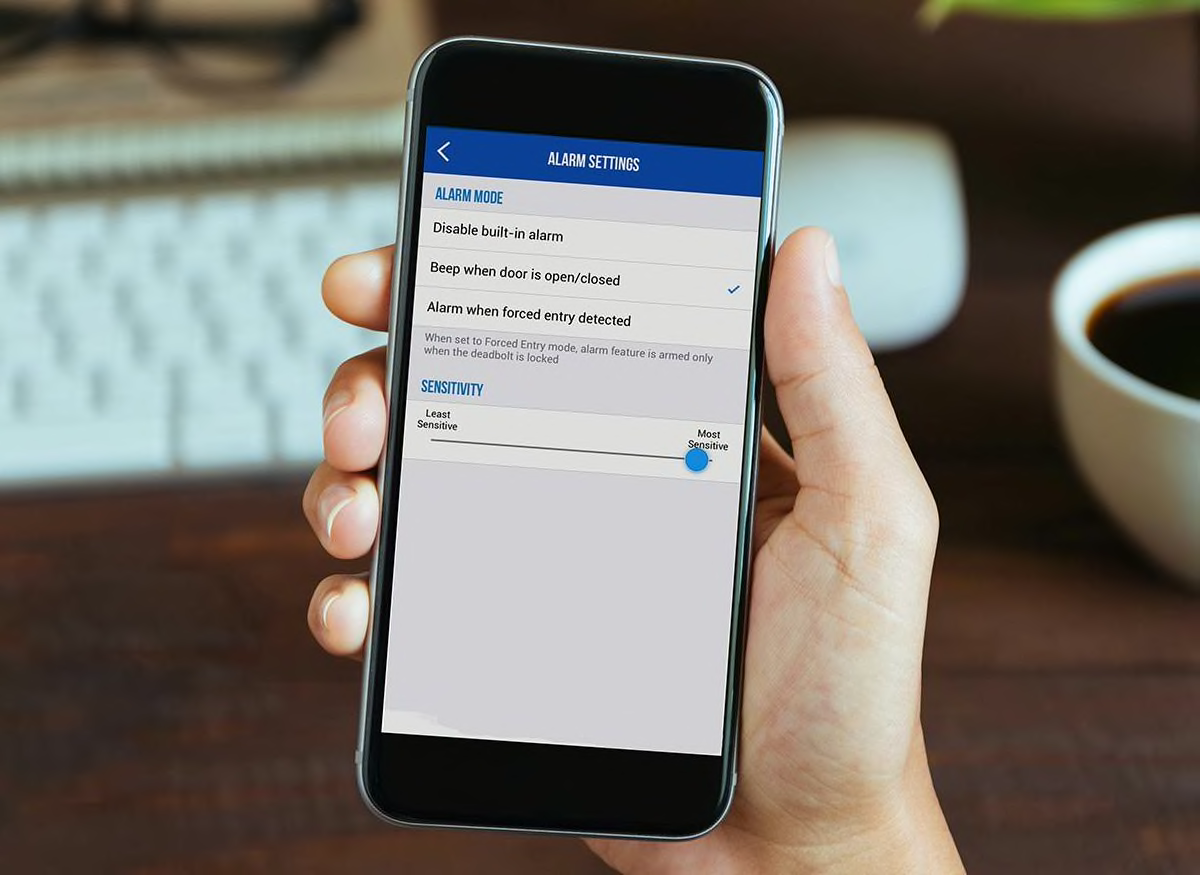
Tamper Alarms
A few smart locks have tamper alarms built into the lock body to scare off burglars trying to break into your home. Some models will also send you a notification when the alarm goes off.
DIY Rekeying
Many nonconnected and smart locks can be rekeyed for use with new physical keys or to make one key open all the entry doors in your home, saving you from having to hire a locksmith. These locks should come with instructions and special tools (or a master key) for rekeying.
Electronic Keys
Many smart locks allow you to create and distribute electronic or virtual keys that guests, maintenance workers, and others can use, either indefinitely or for a limited amount of time.
PHOTO: YALE
Access Logs
Many smart models generate time-stamped access logs of who has locked and unlocked your doors based on their unique electronic keys, PINs, or user accounts.
PHOTO: AUGUST
Remote Locking and Unlocking
With a companion smartphone app and WiFi connectivity, you can remotely lock and unlock smart locks from anywhere—provided you have cell service.
Tamper Alarms
A few smart locks have tamper alarms built into the lock body to scare off burglars trying to break into your home. Some models will also send you a notification when the alarm goes off.
Latest Trends in Smart Locks
Door locks don’t tend to evolve as quickly as other products, such as appliances and electronics, but these days there’s plenty of change afoot when it comes to smart locks.
Internet-connected smart locks have improved in several ways. Many new models connect directly to WiFi, negating the need for the hubs and bridges that used to be required to connect locks to the internet. Some smart locks now feature fingerprint sensors, giving you a way to unlock your door without a key, PIN, or smartphone.
Smaller Locks
Retrofit smart locks (models that essentially add smarts to your existing lock) are getting smaller. August (a sister brand of Yale) made its latest retrofit model, the August WiFi Smart Lock, smaller than the previous version. And Level (a sister brand of Kwikset) has made its retrofit model, the Level Bolt, so small that it simply replaces the bolt of your existing deadbolt.
Matter Smart-Home Standard
We’re seeing more changes in smart locks as the smart-home industry continues to adopt a new interoperability standard called Matter. Through this standard, smart-home devices from different manufacturers can talk to each other without the need for dedicated partnerships between companies.
The standard is supported and has been implemented by Amazon, Apple, Google, Samsung, and over 400 other companies, including August/Yale, Eufy, Kwikset, Level, Lockly, and Schlage. Several Matter smart locks are available to buy, including a few in our ratings from Aqara, Level, and Switchbot. More Matter smart locks will come to market this year.
Thread Wireless Networking
In addition to Matter, some smart lock makers are adopting a new low-power wireless networking technology called Thread. Devices that support Thread can connect directly to the internet, similar to WiFi devices, by connecting via Thread Border Routers. Don’t fret about needing yet another hub or bridge, though. Thread Border Routers are being built into many products already on the market, including smart speakers, streaming media players like Apple TV, smart TVs, WiFi routers, and even smart refrigerators. For more information on Thread, see our guide to the Matter smart-home standard.
Apple Home Key
In 2021 Apple introduced Home Key, which uses near field communication (NFC) technology—the same tech used in Apple Pay and other tap-to-pay systems—to let you unlock a compatible smart lock by tapping your iPhone or Apple Watch on it. There are only a few Apple Home Key smart locks currently on the market, with models available from Aqara, Level, Schlage, and Yale. Matter smart locks with NFC technology can also use Apple Home Key.
Hands-Free Unlocking
Some smart locks will soon adopt a new wireless technology called UWB (which stands for ultra-wideband) that can accurately determine a device’s location within centimeters. It’s the same technology used in Apple AirTags. Smart locks can use UWB to track your phone’s precise location to unlock a door as you approach it and lock it when you leave, all hands-free without you needing to take your phone out of your pocket or bag.
Smart locks with this technology will hit the market later in 2025. This technology is part of yet another new industry standard called Aliro, which is being created by many of the same companies behind Matter. You will likely see Aliro branding on smart locks with hands-free unlocking in the near future.
Door Lock Brands
Owned by Fortune Brands and considered one of the largest and fastest-growing lock companies in the world, August designs and markets smart home access and entry products, including smart locks. Its products are available nationally at Amazon, Best Buy, and other online retailers.
Baldwin is a subsidiary of Assa Abloy. It’s considered one of the premium brands within the lock category, offering a wide range of products. It’s a brand favored by designers and is sold at Home Depot, Lowe’s, and authorized dealers.
A part of Assa Abloy, Kwikset is one of the biggest residential door lock brands. It was one of the first to introduce an electronic door lock, and it offers one of the largest lines of smart locks. The brand is also known for its SmartKey Security technology. Kwikset locks are available at home centers and retail dealers nationally.
A subsidiary of Fortune Brands, the Master Lock brand is one of the most well-known worldwide. It markets a wide range of products, including combination locks, padlocks, and many other security products. Its products are sold at Amazon, Home Depot, Walmart, authorized dealers, and hardware stores.
Another subsidiary of Assa Abloy, Medeco is one of the largest manufacturers of medium- and high-security locks for both residential and commercial use. Its products are favored by many professional locksmiths and are available at authorized dealers and Amazon.
A subsidiary of Allegion, Schlage is a widely sold lock brand that manufactures a wide range of residential and commercial products. It makes nonconnected and smart locks that are available nationally at Amazon, Best Buy, home centers, and hardware stores.
One of the oldest and most recognized brands in the security industry, Yale is a subsidiary of Fortune Brands. It produces a wide array of products for residential and commercial use. Its smart locks include both keyed and keyless products. Models are available at Amazon, Best Buy, Home Depot, and authorized dealers.



























